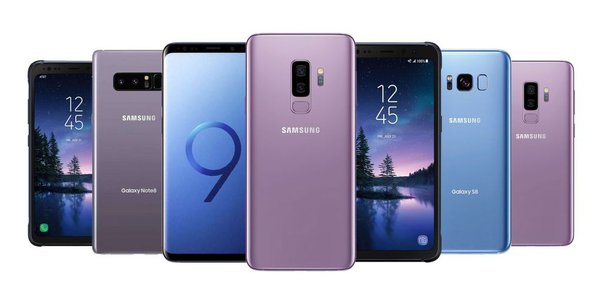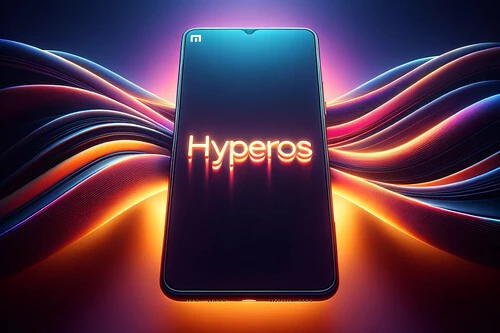Google has announced the launch of Android 13 which is available to download and install on compatible Android devices.
The brand new version of Google’s OS brings several new features to Android including; redesigned Material UI with automatic colour schemes based on the wallpaper, a kill switch that prevents third-party apps from accessing the camera and mic, end-to-end encryption for group conversations and a universal clipboard feature between various devices.
Android 13 key optimizations including;
- Stricter Notification Permission – Privacy and user trust are core principles of Android products. To give users control over the notifications they want to follow, Android 13 introduces POST_NOTIFICATIONS — a new runtime permission. This means that apps need to request notification permissions from users before posting notifications.
- Color vector fonts – Android 13 adds rendering support for COLR version 1 (spec, intro video) fonts and updates the system emoji to the COLRv1 format. COLRv1 is a new, highly compact, font format that renders quickly and crisply at any size. COLRv1 can be adopted for the app starting in Developer Preview 2.
- Convenient Text Conversion API – Android 13 allows apps to call the new text conversion API, which will make it easier for users to find the content they need faster and easier.
- Upgraded Bluetooth LE Audio – With Low Energy (LE) audio, users would be able to share and broadcast their audio to others, or subscribe to public broadcasts for information, entertainment and more, while seamlessly switching between different use cases.

Which Android phones support Android 13?
For now, the Android phones that can run Android 13 are limited to recent Pixel models, including the:
- Pixel 4
- Pixel 4 XL
- Pixel 4A
- Pixel 4A (5G)
- Pixel 5
- Pixel 5A
- Pixel 6
- Pixel 6A
- Pixel 6 Pro
Later this year, Android 13 will roll out to other devices from Samsung Galaxy, Asus, HMD (Nokia phones), iQOO, Motorola, OnePlus, Oppo, Realme, Sharp, Sony, Tecno, Vivo, Xiaomi and more.
How to download and install Android 13 on your phone
To download and install Android 13 on your Pixel phone, first make sure your phone is connected to a stable Wi-Fi network and is plugged into power.
The battery needs to be at least 50% charged for an over-the-air (OTA) update to work.
To start installing Android 13, launch the Settings application. You might have the app directly on your home screen, but if you don’t, swipe up from the bottom of the screen to access your app drawer and scroll through your apps until you find Settings.
Next, scroll down and tap System > System Update. If an update is available, it should load up here after a few seconds. If not, tap Check for update. Also, make sure your device has enough storage to download and install the update, or else you won’t be able to proceed. Usually the update file size is a few GBs.
Finally, tap the green Download and install button in the bottom right. The Android 13 system will then begin to download and install, which can take up to 20 to 30 minutes, depending on the size and condition of your phone. Once your phone reboots, you’ll be running Android 13.
Note: If you don’t see the Android 13 update just yet, don’t fret. As long as you have a compatible Pixel phone, you’ll get it — it just may take some time to arrive.





